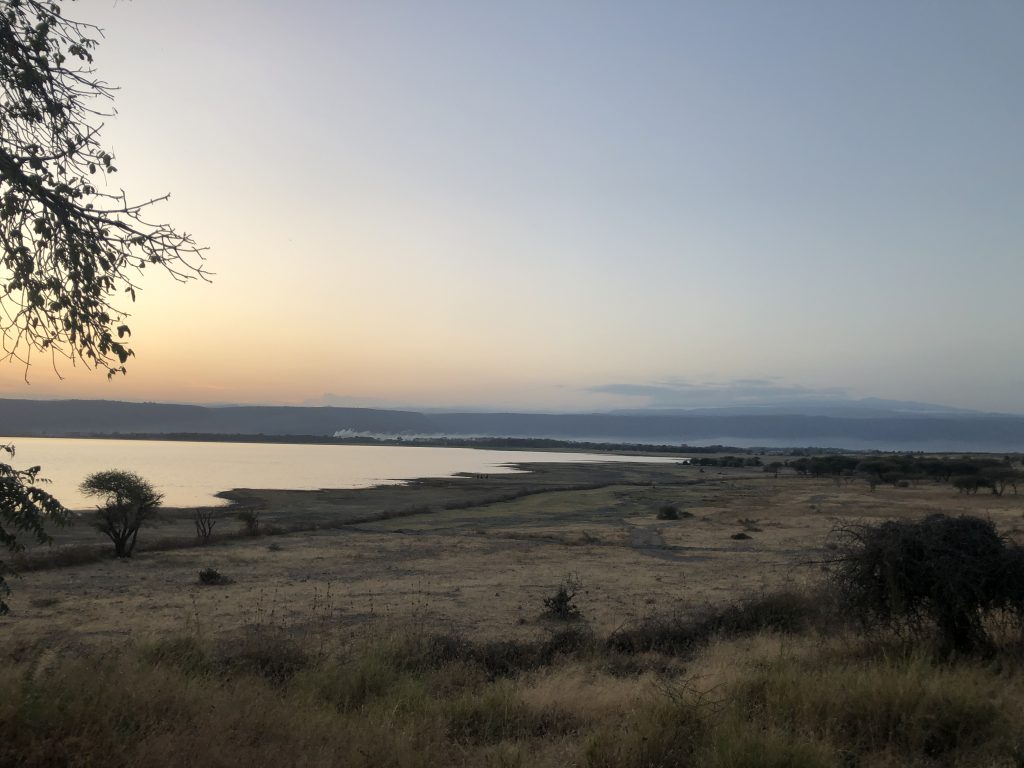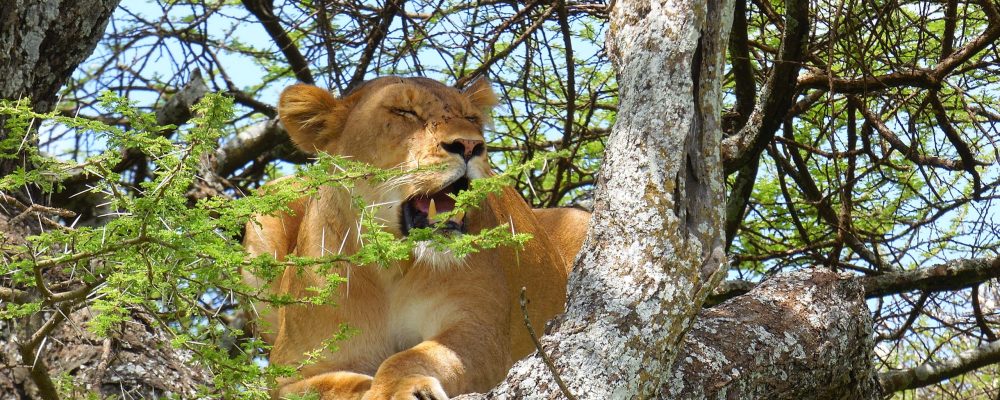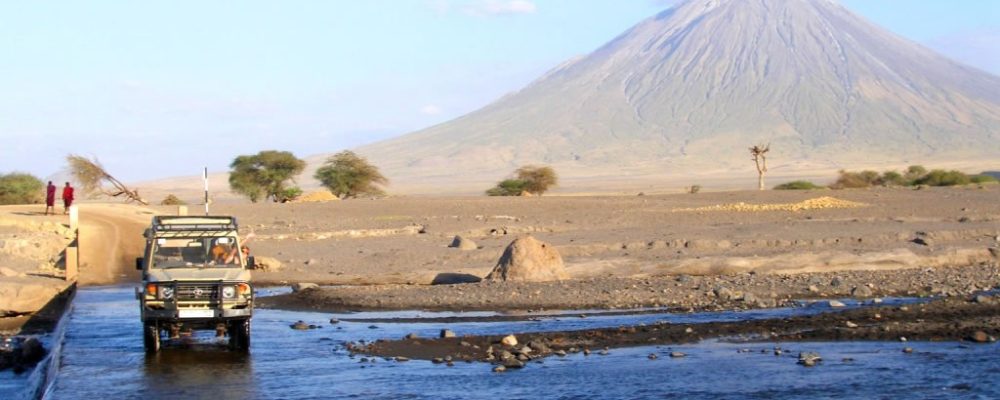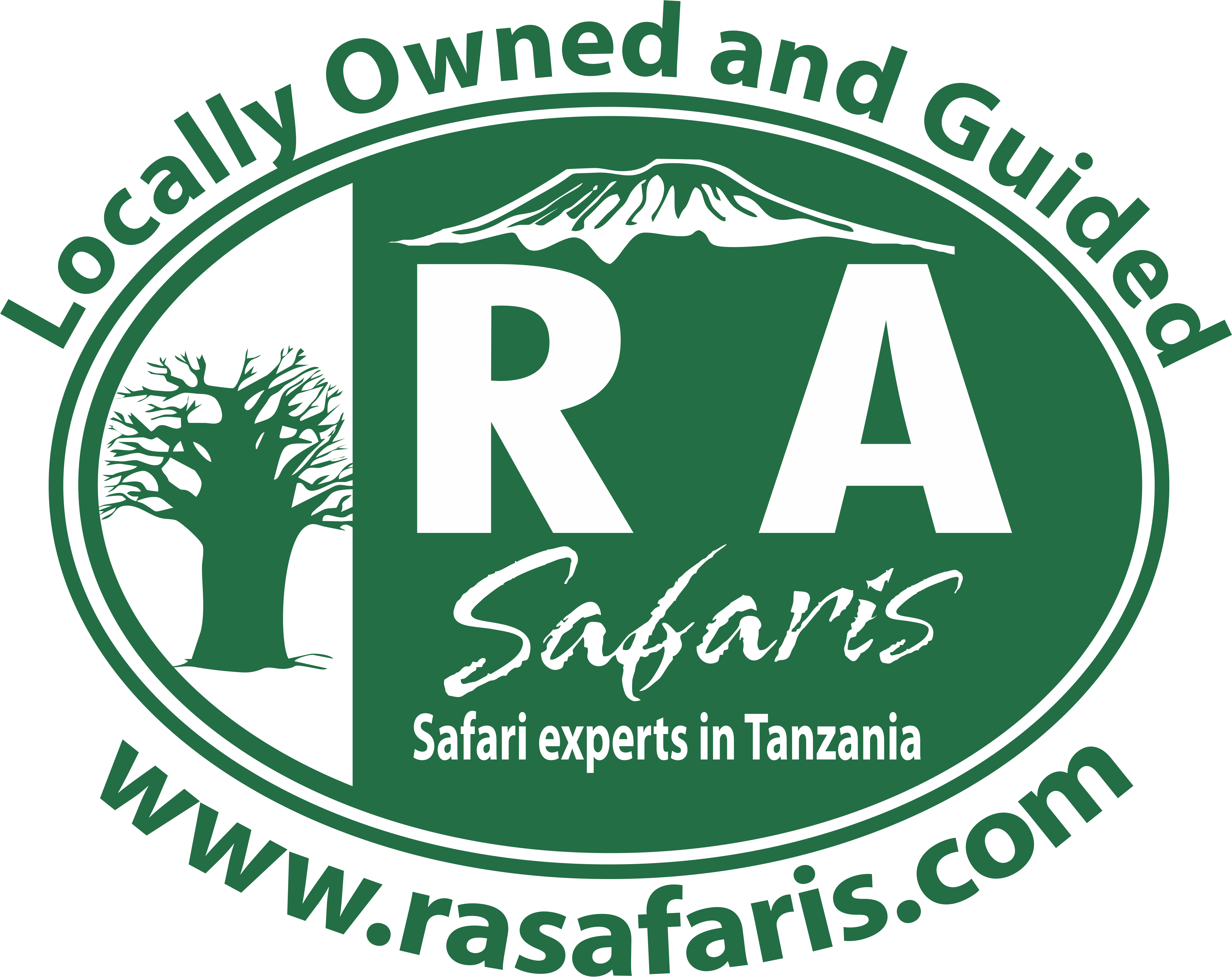
Lake Tanganyika
Situated on the western edge of Tanzania, Lake Tanganyika touches four countries: Rwanda, DRC-Congo, Burundi and of course, Tanzania. It is one of the African Great Lakes and is the second-deepest lake in the world.
With incredible biodiversity, hundreds of species of fish and pristine waters, Lake Tanganyika is a great location for diving, and is especially sought-out by beginners. However, make sure to only dive in approved locations; some areas of the lake are inhabited by crocodiles and hippos.

Lake Manyara
Nestled within the Rift Valley is the impressive crater lake of Manyara. The area is home to hippos, giraffes and unique tree-climbing lions.
Fishermen daily throw nets into the waters, and a fresh, local lunch can be arranged for visitors to taste the morning catch, and drives through Manyara National Park can be arranged. Bird species, with plenty of waterfowl (including Maribu Storks and Lesser Flamingos) are a favorite activity in the area.
Lake Victoria
Visit the largest lake in Africa, stunning Lake Victoria.
Perched in the northwestern corner of Tanzania, it is the primary source of the Nile River. Known for its rich biodiversity of both marine and birdlife, Lake Victoria is a great location to view unique birds such as Kingfishers and Black Kites. The lake also has islands and islets, some of which are conserved as national parks: Rubondo and Saanane, specifically.
Lake Eyasi
This small lake is a salt lake that appears seasonally in Northern Tanzania, near the Ngorongoro Highlands. A visit to Lake Eyasi is a treat for bird-lovers or those seeking a unique, cultural experience.
When the lake is full there are many unique species of birds to witness, including: storks, Lovebirds and Spoonbills. There are also vast numbers of hippos crowding in the waters, too!
Lake Eyasi is home to the Hadzabe Tribe, one of the only indigenous hunter-gatherer tribes remaining in Africa. Travelers have a chance to hunt alongside a tribe member and learn first-hand about their unique culture.
Lake Nyasa
Lake Nyasa has several names, and is called “Lake Malawi” by our neighbors to the south. This lake is known for its biodiversity, boasting more than 700 different species of fish within its waters. Of those fish, there is an impressive population of colorful and rare cichlids.

Lake Natron
Lake Natron is another salt lake found in Northern Tanzania, but the waters here are not only alkaline, they are dangerous, too!
The water of the lake has been termed ‘hyper-saline’ and can reach temperatures of 140 F- enough to burn a human’s skin in just a few seconds. But one animal has adapted to the harsh conditions of Lake Natron; the beautiful, pink Lesser Flamingo.
These birds enjoy eating the red algae that grows in the lake, and lay their eggs in the water’s shallows, because no predators will come close enough to disturb them. It is estimated that more than three-quarters of all the Lesser Flamingos in the world were hatched in Lake Natron.
The area of Lake Natron may be remote, but it is also full of adventure for travelers: consider a hike to the top of incredible Mount Oldonyo Lengai; the sacred mountain of the Maasai tribe, or learn about the local Maasai culture while camping in the area.
